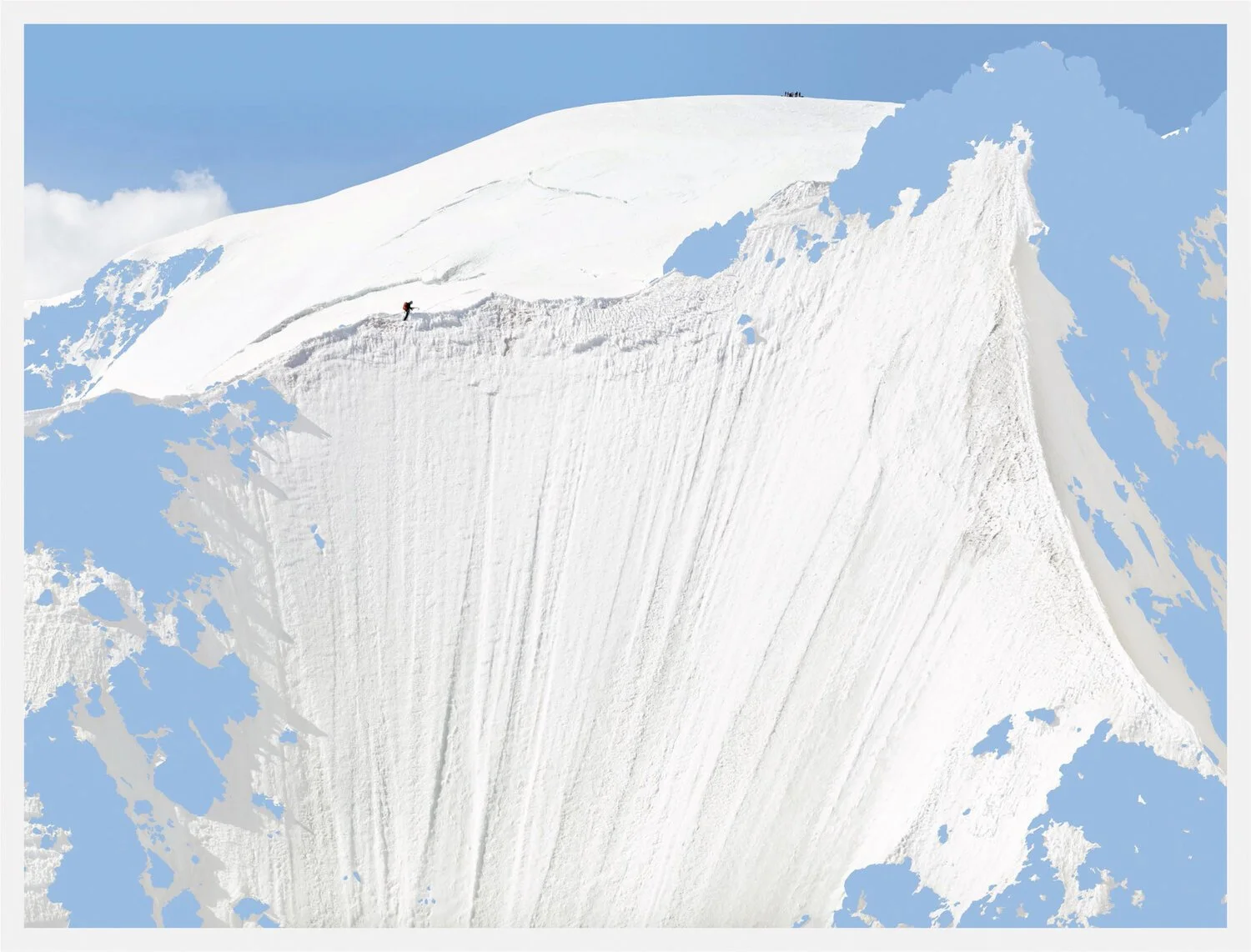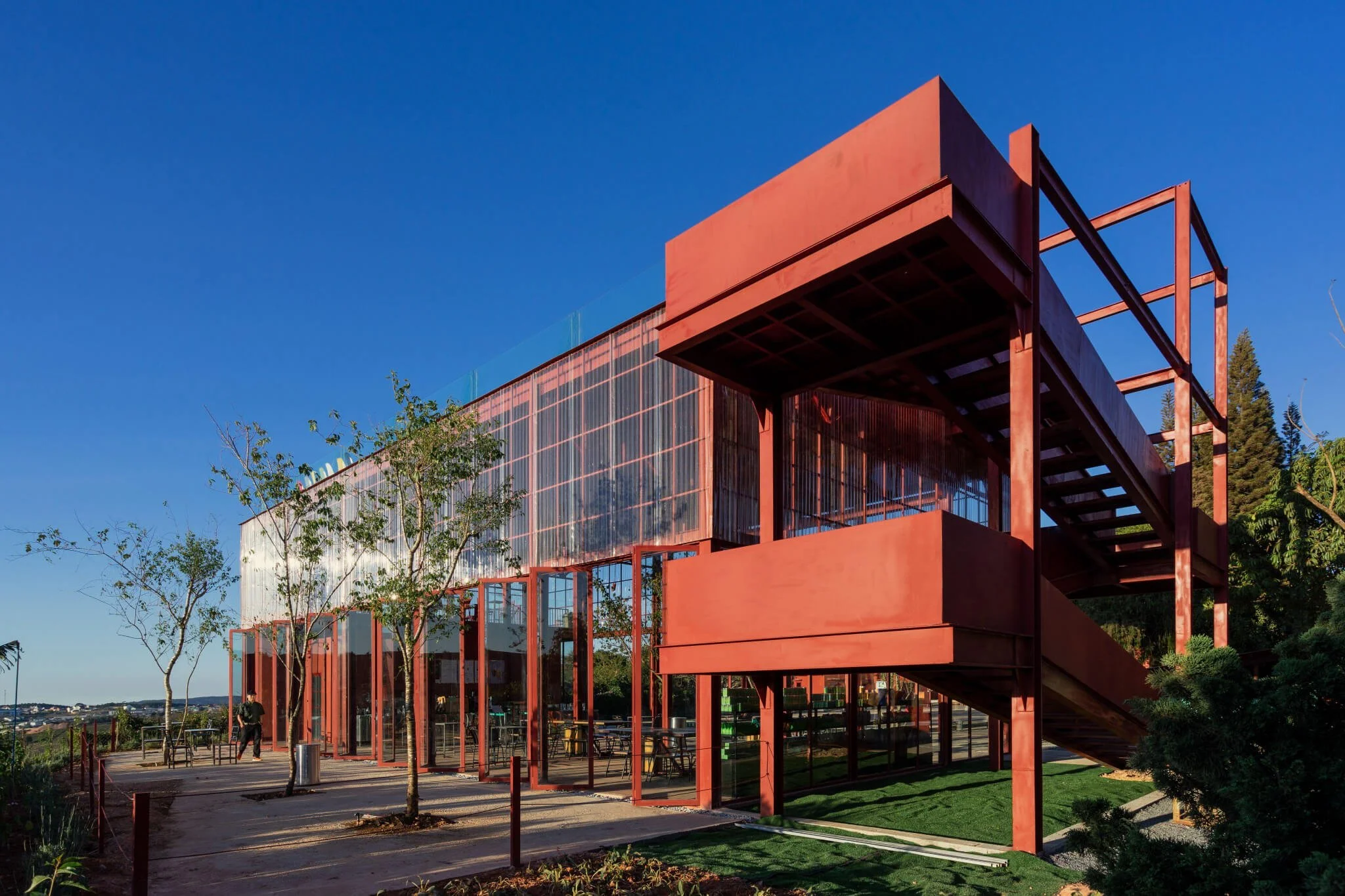From Our Archives: OLIVO BARBIERI: Negative Space
Olivo Barbieri, Alps, Geographies and People: #2, Alps, 2012.
This article was featured in Issue No. 15 - Place
Andrea Blanch: The theme of our upcoming issue is Place. Can you talk about the role of place in your work?
Olivo Barbieri: I am interested in the genius loci, the sense of place. I try to learn in a way in which place can be apt to imagine or understand the future.
Andrea: What were the logistical and technical challenges you faced when creating your Alps-Geographies and People photographs? What equipment did you use?
Olivo: I used helicopters and an eighty megapixel camera. In order to get the permit to fly over the Alps, I had to use Alpine Rescue Team helicopters.
Andrea: Were there any surprises or unexpected circumstances that came up when working on this series?
Olivo: As usual, in the high mountains the weather was a challenge. It changed abruptly.
Andrea: In the intro to the Alps book you say that the proportions, the forms, and the positions of the people are all true. How do you reveal or explore truth in your work?
Olivo Barbieri, Alps-Geographies and People: #13, Alps, 2012.
Olivo: I do not change the shape of what I represent. I only transform the colors. My work is not about truth, but about images. Before I take pictures, I try to see the images that exist—drawings, paintings, photographs, movies etc.
Andrea: You say that “The subject of Alps – Geographies and People is how the mountain is perceived from the climbers’ point of view,” but the photographs picture the climbers from very far away, which seems to be more an observer’s perspective. Can you elaborate on what you mean by “the climber’s point of view?”
Olivo: I try to show a sense of danger in which they operate, the risks they face. Like a painting by Caspar David Friedrich, the images are lost in the landscape. But I describe them not with the veil of romantic sublime but from a noisy technological tool such as a helicopter.
Andrea: Later in the book, you include a news story that describes a skirmish between foreign climbers and local workers. Why did you include this?
Olivo: The story tells how in recent time, mass tourism has pervaded these places, and how by paying several guides you may feel like a skilled climber. There are no more natural places, but rather theme parks.
Olivo Barbieri, Alps-Geographies and People: #14, Alps, 2012.
Andrea: One description of your work Adriatic Sea (staged) Dancing People says, “Using cities and landscapes as his subjects, Barbieri creates photographs that appear digitally manipulated, but which in actuality are constructed through his photographic technique.” And yet many of your images are clearly altered in some way—this is a bit confusing. Can you elaborate on what you capture in-camera, and what you do in post?
Olivo: As mentioned above, I do not change the shape of what I represent. I transform only the colors. However, you mention my “photographic technique.” This refers to my images created with tilt and shift.
Read the rest of the article in Musée Magazine's Issue No. 15 - Place







